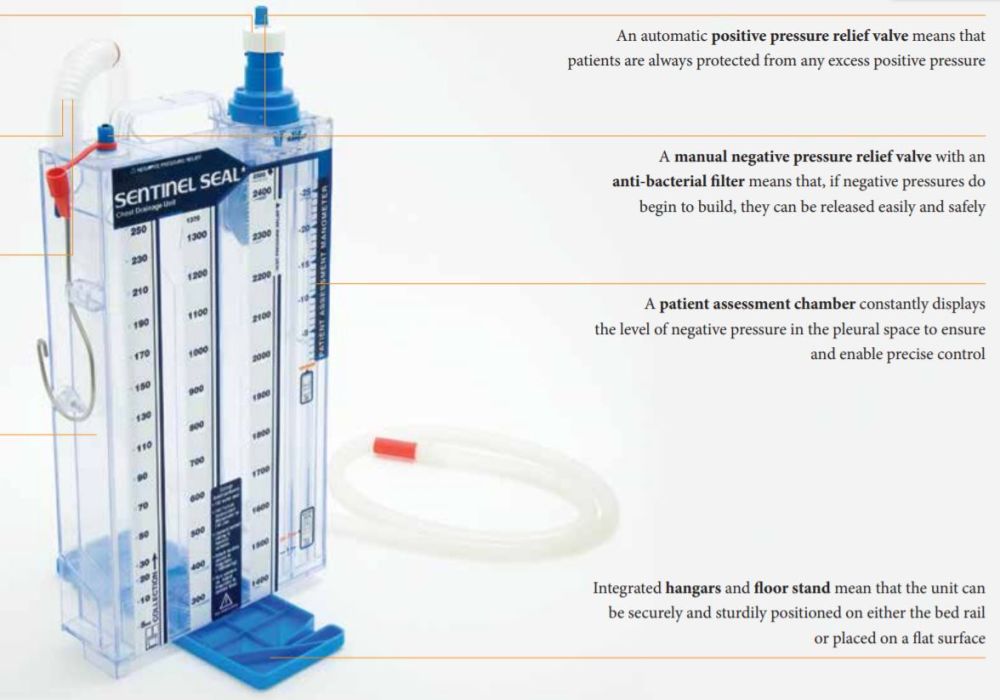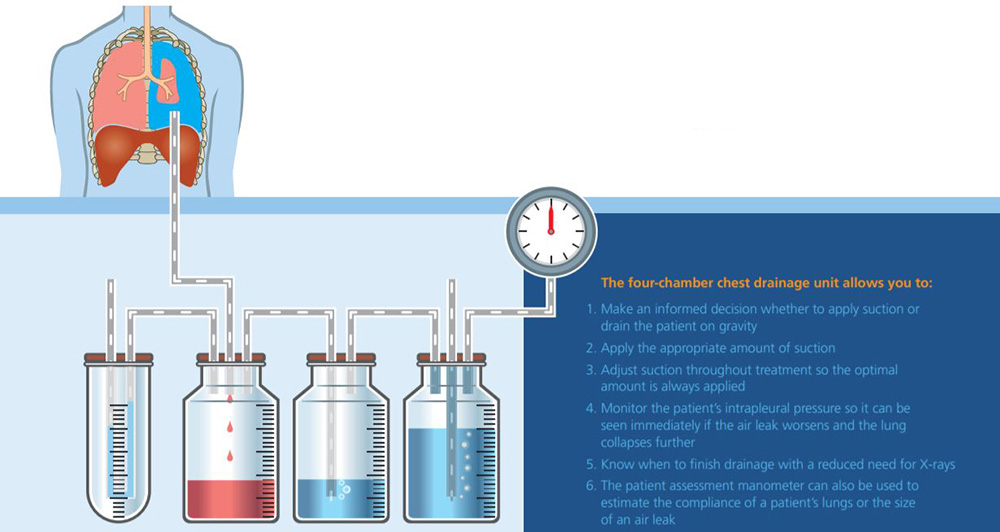-
Catheters (6,800+)
- Angiocatheters (50+)
- Closed System Catheters (300+)
- External Catheters (620+)
- Hydrophilic Catheters (140+)
- IV Catheters (1,200+)
- Non-Hydrophilic (20+)
- Plastic Catheters (200+)
- Rubber Catheters (700+)
- Silicone Catheters (770+)
- Ureteral Catheters (100+)
- Urethral Catheters (450+)
- Venous Catheters (240+)
-
Coronavirus (20,000+)
- Bacterial Filters (170+)
- Bleach (360+)
- Coveralls (500+)
- Disinfectant Wipes (350+)
- Face Shields (200+)
- Gloves (8,000+)
- Gowns (2,300+)
- Isopropyl Alcohol (170+)
- IV Therapy (2,000+)
- Masks (3,700+)
- Pulse Oximeters (250+)
- Sanitizer (670+)
- Scrubs (20,000+)
- Soap (1,500+)
- Stethoscopes (700+)
- Thermometers (950+)
- Custom Kits
- Dental (14,000+)
- Gloves (8,000+)
-
Gynecology & Urology (1,000+)
- Bed Side Drainage Bags (350+)
- Circumcision (150+)
- Cord Clamps and Clippers (60+)
- Disposable Vaginal Specula (60+)
- Enema Bags (30+)
- External Catheters (620+)
- Foley Catheters and Trays (1,200+)
- Identification (1100+)
- Leg Bag Accessories (10+)
- Leg Bags (280+)
- Reusable Vaginal Specula (900+)
- Specimen Collection (200+)
- Tubing & Connectors (17,000+)
- Urinals / Bed Pans (1,300+)
- Urine Collectors (60+)
- Urological Irrigation Products (10+)
- Vaginal Specula Illumination (2+)
- Systems (11,000+)
- Hygiene (1,000+)
- Incontinence (1,000+)
-
Infection Control (2,500+)
- Bacterial Filters (170+)
- Bleach (360+)
- Coveralls (500+)
- Disinfectant Wipes (350+)
- Face Shields (200+)
- Gloves (8,000+)
- Gowns (2,300+)
- Iodine (460+)
- Isopropyl Alcohol (170+)
- IV Therapy (2,000+)
- Masks (3,700+)
- Pulse Oximeters (250+)
- Sanitizer (670+)
- Soap (1,500+)
- Stethoscopes (700+)
- Thermometers (950+)
- Infusion All (2,000+)
- IV Bags - Empty (300+)
- IV Bags - Filled (100+)
- Masks (3,800+)
-
Medical Apparel (23,000+)
- Arm Sleeves (240+)
- Beard Covers (20+)
- Bouffant Caps (200+)
- Compression Socks (80+)
- Coveralls (500+)
- Disposables (100+)
- Isolation Gowns (360+)
- Lab Coats (2,200+)
- Lab Jackets (300+)
- Patient Gowns (300+)
- Procedural Gowns (230+)
- Scrubs (20,000+)
- Shoe Covers (270+)
- Surgeon Caps (40+)
- Surgical Gowns (70+)
- Surgical Hoods (20+)
- Surgical Masks (330+)
- Ostomy (400+)
-
PPE (20,000+)
- Bacterial Filters (170+)
- Bleach (360+)
- Coveralls (500+)
- Disinfectant Wipes (350+)
- Face Shields (200+)
- Gloves (8,000+)
- Gowns (2,300+)
- Isopropyl Alcohol (170+)
- IV Therapy (2,000+)
- Masks (3,700+)
- Pulse Oximeters (250+)
- Sanitizer (670+)
- Scrubs (23,000+)
- Soap (1,500+)
- Stethoscopes (700+)
- Thermometers (950+)
- Respiratory (500+)
- Sanitizer (600+)
- Surgical Supplies (14,000+)
- Sutures (7,500+)
- Syringes & Needles (14,000+)
-
Wound Care (5,000+)
- ABD Pads (100+)
- Adhesive Bandages (650+)
- Advanced Wound Care (400+)
- Applicators (6,700+)
- Burn care (240+)
- Dressings (7,500+)
- Elastic Bandages (1,600+)
- Gauze (3,300+)
- Ice / Heat Packs (280+)
- Medical Tape (820+)
- Non-Adhering Dressings (100+)
- Ointment & Solutions (450+)
- Self-Adherent Wraps (200+)
- Sponges (2,400+)
- Staple & Suture Removal (1,500+)
- Tegaderm (450+)
- Transparent Dressing (800+)
- Wound Care Prep (120+)
- Wound Cleansers (100+)
- Sales & Deals (100+)
- 3M (4,200+)
- Alaris Medical (600+)
- Amsino International (550+)
- Avanos Medical (40+)
- B Braun (1,500+)
- Baxter (750+)
- BD (2,800+)
- BSN Medical (2,000+)
- Cables & Sensors (3,200+)
- C.R. Bard (4,200+)
- Cardinal Health (6,800+)
- CareFusion (2,100+)
- ConMed (1,500+)
- Cook Medical (600+)
- Covidien (9,500+)
- DeRoyal (6,000+)
- Dukal (1,300+)
- Ethicon (4,100+)
- GE Healthcare (1,000+)
- Hartmann (600+)
- Hospira (530+)
- ICU Medical (1,700+)
- Masimo (170+)
- Medline (54,000+)
- Midmark (2,500+)
- Roche (300+)
- Smiths Medical (4,000+)
- Sunset Healthcare (450+)
- TrueCare Biomedix (20+)
- View All Brands (5,000+)

Covidien 8888571562 - Sentinel Seal Chest Drainage Unit, Dry Suction, 5 Per/Cs
Sentinel Seal Chest Drainage Unit, Dry Suction
The Sentinel Seal chest drainage unit (CDU) is a dry suction CDU used to reestablish negative pressure within the pleural space.
The Sentinel Seal chest drainage unit (CDU) is a dry suction CDU used to reestablish negative pressure within the pleural space. The CDU incorporates four chambers: a collection chamber for monitoring volume, rate, and nature of drainage; a water-seal chamber that acts as a one-way valve, as well as a window into the patient's pleural space; a patient assessment manometer which gives real-time negative pressure readings of the patient's pleural space; and a dry suction mechanical regulator to control suction and help re-expand the lung.
- Quick & easy visualization of fluids
- Patient assessment manometer - patient safety and speed of recovery
- Manual negative pressure relief valve - prevents trauma
- Automatic positive pressure relief valve protects from positive pressure caused by coughing
- Anti-reflux valve in water seal chamber for increased patient safety
- Anti-reflux valve in water seal chamber for increased patient safety
- Sample collection capability
The Power of 4

The Sentinel Seal chest drainage unit is the only four-chamber system on the market. And that fourth chamber makes a world of difference. At every stage in the patients treatment you can assess, at a glance, a patients prevailing intrapleural pressure, allowing you to adjust the system accordingly.
In other words, you can use the Sentinel Seal drainage unit to accurately regulate, monitor and modify the level of suction being applied. This means that your patients can benefit from more personalised treatment. And, crucially, you can avoid the considerable risks of a build up in negative pressure.
About Chest Drainage

The need for chest drainage arises when the negative pressure in the pleural space is disrupted due to the presence of air or fluid. The purpose of a chest drainage unit is to evacuate this air or fluid, and to help re-establish the normal negative pressure. As a medical process, it began long ago - indeed its believed that Hippocrates himself inserted a metal tube into a patients chest to drain an empyema.
The process began to be perfected with the introduction of so called wet-seal systems which use liquid as a one-way valve and a means of regulating the level of suction applied. Although these wet-seals systems are a highly effective way of carrying out chest drainage, they are not without their risks. Medical guidelines clearly spell out the associated considerations and the need to personalise the patients treatment. Meanwhile, several clinical studies warn of the risks of a build up of negative pressure in the pleural space.

Whats the difference between 3 and 4 chambers?
Most wet-seal chest drainage systems are three-chamber units - comprising a collection chamber, a water-seal chamber, and a suction-control chamber. This suction-control chamber is relied upon to maintain a controlled, constant negative pressure and negative flow which is normally a prescribed value.
The Sentinel Seal chest drainage unit is a little different. It also has a patient assessment chamber. This fourth chamber acts as a precise manometer, which constantly reads and displays the prevailing pressure within the pleural space. And, using the built-in suction controller and pressure release valves, you can set and adjust the pressure according to patient needs. The more that the patients treatment can be personalised, the faster they can recover their normal lung capacity. You can also be sure that potentially harmful levels of negative pressure are never allowed to build up.




